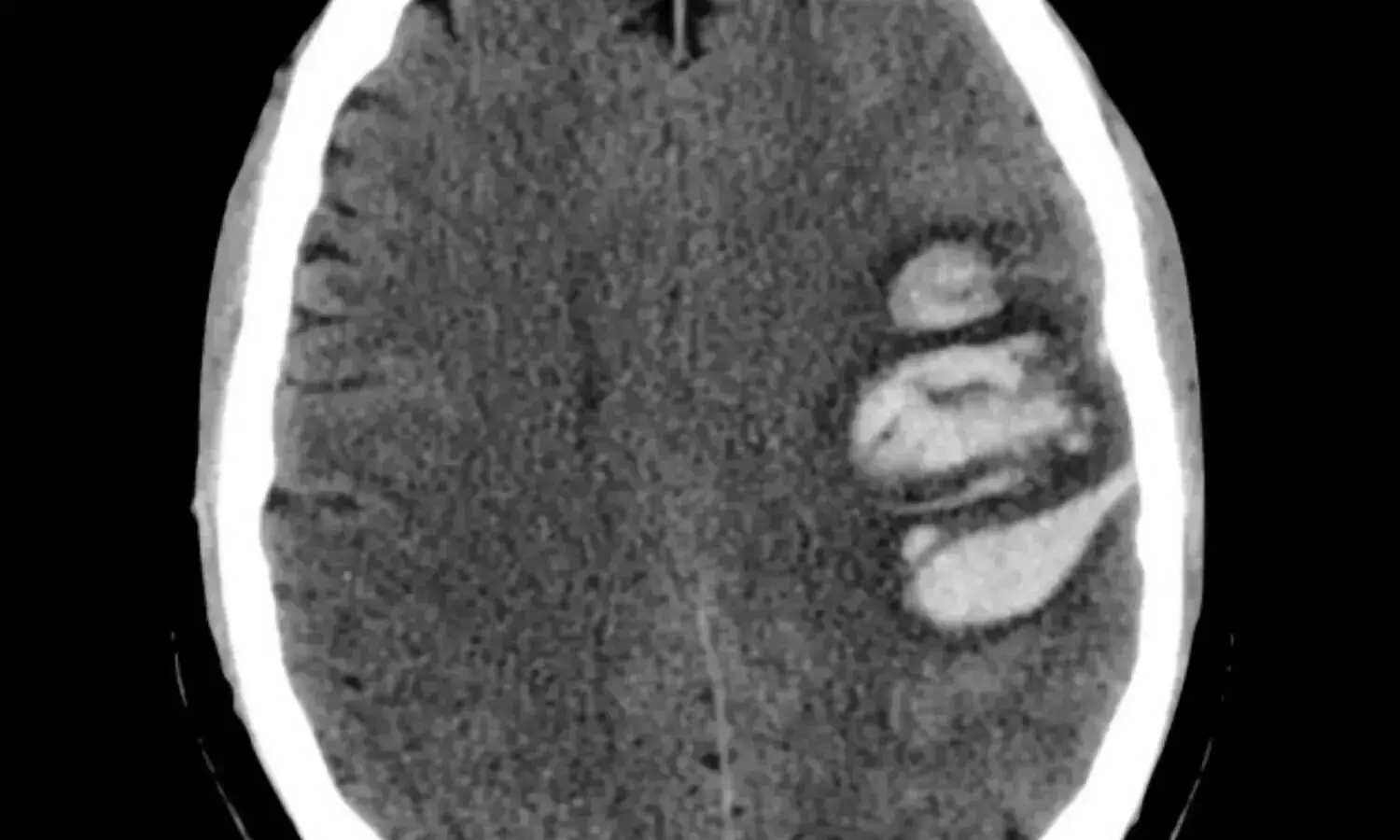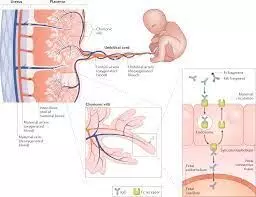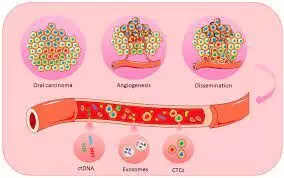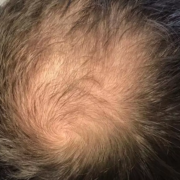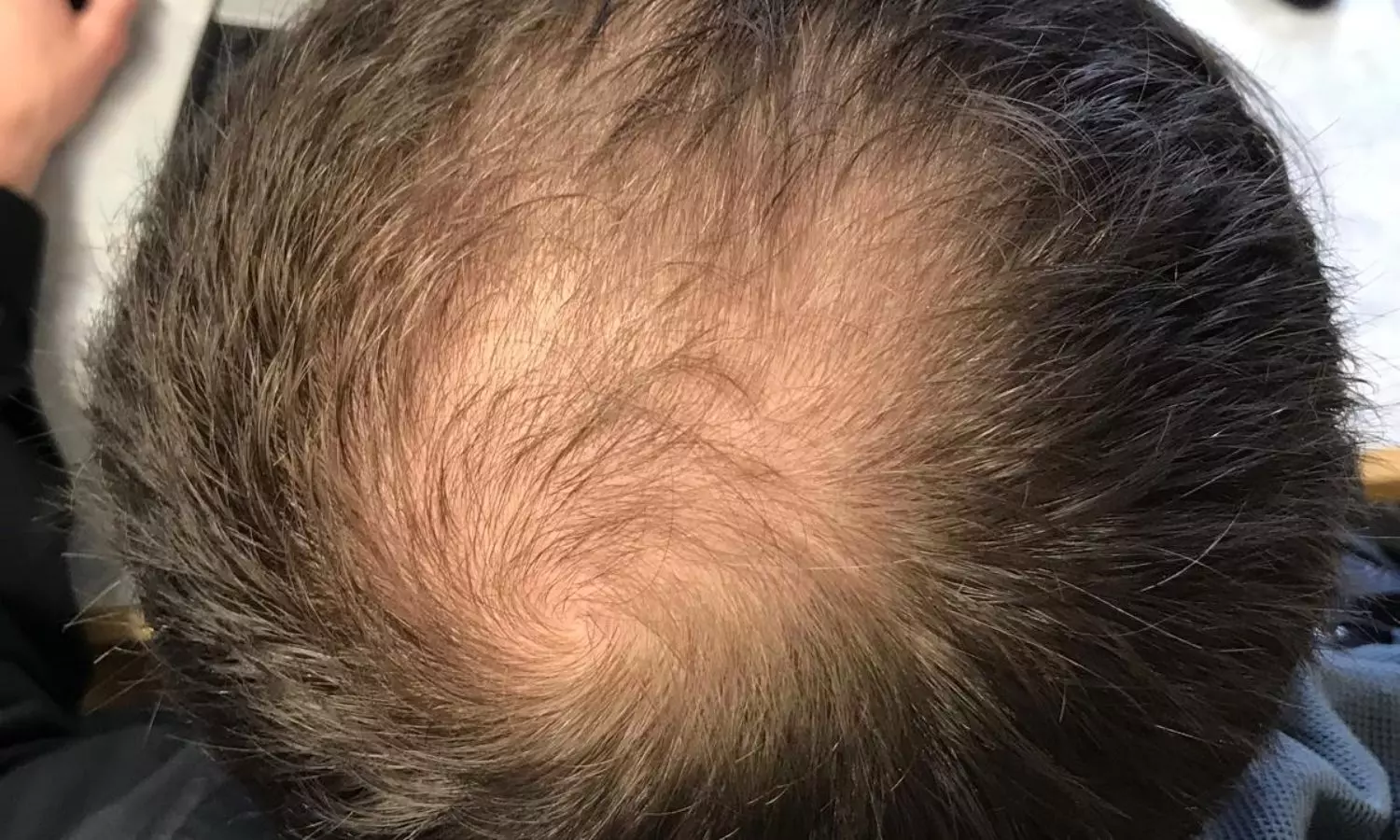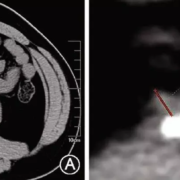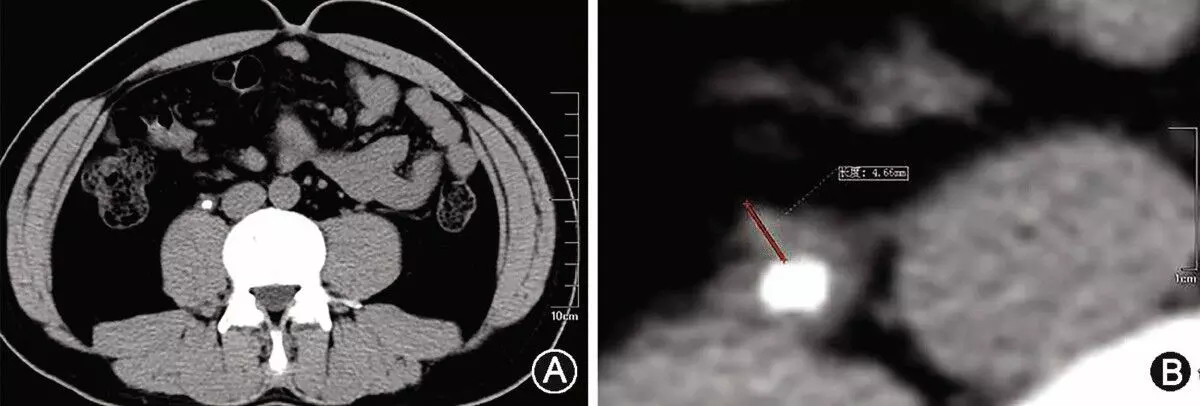Newly detected diabetes patients with acute coronary syndrome experience more extensive ischemic myocardial insult: Study

Greece: A recent study has shown that acute coronary syndrome (ACS) patients with newly detected diabetes mellitus (NDDM) experience heightened cardiometabolic challenges similar to those with established diabetes mellitus. The findings were published online in Diabetes Research and Clinical Practice on April 08, 2024.
NDDM patients showed lower HDL-C and higher triglyceride levels versus non-DM counterparts, alongside elevated waist circumference and body mass index (BMI). Moreover, they experienced more extensive necrosis compared to patients with established DM.
In the realm of cardiovascular health, the interplay between diabetes mellitus and acute coronary syndrome presents a multifaceted challenge for patients and clinicians alike. Recent studies have shed light on a concerning trend: newly detected diabetes mellitus in ACS patients not only parallels the adverse cardiometabolic profile of those with established diabetes but also signifies a potentially more extensive ischemic myocardial insult. This revelation underscores the critical need for tailored management strategies and heightened vigilance in clinical practice.
The convergence of diabetes mellitus and ACS marks a pivotal intersection of two formidable health concerns. ACS, encompassing conditions such as myocardial infarction and unstable angina, represents acute manifestations of coronary artery disease (CAD), a leading cause of morbidity and mortality worldwide. Diabetes mellitus, meanwhile, exerts its insidious influence through mechanisms of insulin resistance, hyperglycemia, and systemic inflammation, fostering a milieu ripe for cardiovascular complications.
The impact of newly detected diabetes mellitus on metabolic parameters and the extent of myocardial necrosis in patients with ACS is not fully explored. Loukianos S Rallidis, National and Kapodistrian University of Athens, University General Hospital ATTIKON, Athens, Greece, and colleagues examined the impact of NDDM on cardiometabolic characteristics and myocardial necrosis in ACS patients.
CALLINICUS-Hellas Registry is an ongoing prospective multicenter observational study assessing adherence to lipid-lowering therapy (LLT) among ACS patients in Greece. Three groups were created: patients with NDDM (abnormal fasting glucose, HbA1c ≥ 6.5 % and no previous history of DM), b) patients without known diabetes and HbA1c < 6.5 % (non-DM), and c) patients with prior diabetes.
The study led to the following findings:
- The prevalence of NDDM among 1084 patients was 6.9 %. NDDM patients had lower HDL-C [38 versus 42 mg/dL] and higher triglyceride levels [144 vs 115 mg/dL] versus non-DM patients.
- NDDM patients featured both higher BMI [29.5 vs 27.1 kg/m2] and waist circumference [107 vs 98 cm] compared to non-DM patients.
- NDDM patients had more extensive myocardial necrosis than patients with prior DM.
“Acute coronary syndrome patients with newly detected diabetes mellitus have an adverse cardiometabolic profile similar to patients with prior DM and have more extensive myocardial insult,” the researchers concluded.
Reference:
Rallidis LS, Papathanasiou KA, Tsamoulis D, Bouratzis V, Leventis I, Kalantzis C, Malkots B, Kalogeras P, Tasoulas D, Delakis I, Lykoudis A, Daios S, Potoupni V, Zervakis S, Theofilatos A, Kotrotsios G, Kostakou PM, Kostopoulos K, Gounopoulos P, Mplani V, Zacharis E, Barmpatzas N, Kotsakis A, Papadopoulos C, Trikas A, Ziakas A, Skoularigis I, Naka KK, Tziakas D, Panagiotakos D, Vlachopoulos C. Newly detected diabetes mellitus patients with acute coronary syndrome have an adverse cardiometabolic profile similar to patients with prior diabetes and a more extensive ischemic myocardial insult. Diabetes Res Clin Pract. 2024 Apr 9;211:111664. doi: 10.1016/j.diabres.2024.111664. Epub ahead of print. PMID: 38604446.
Powered by WPeMatico






